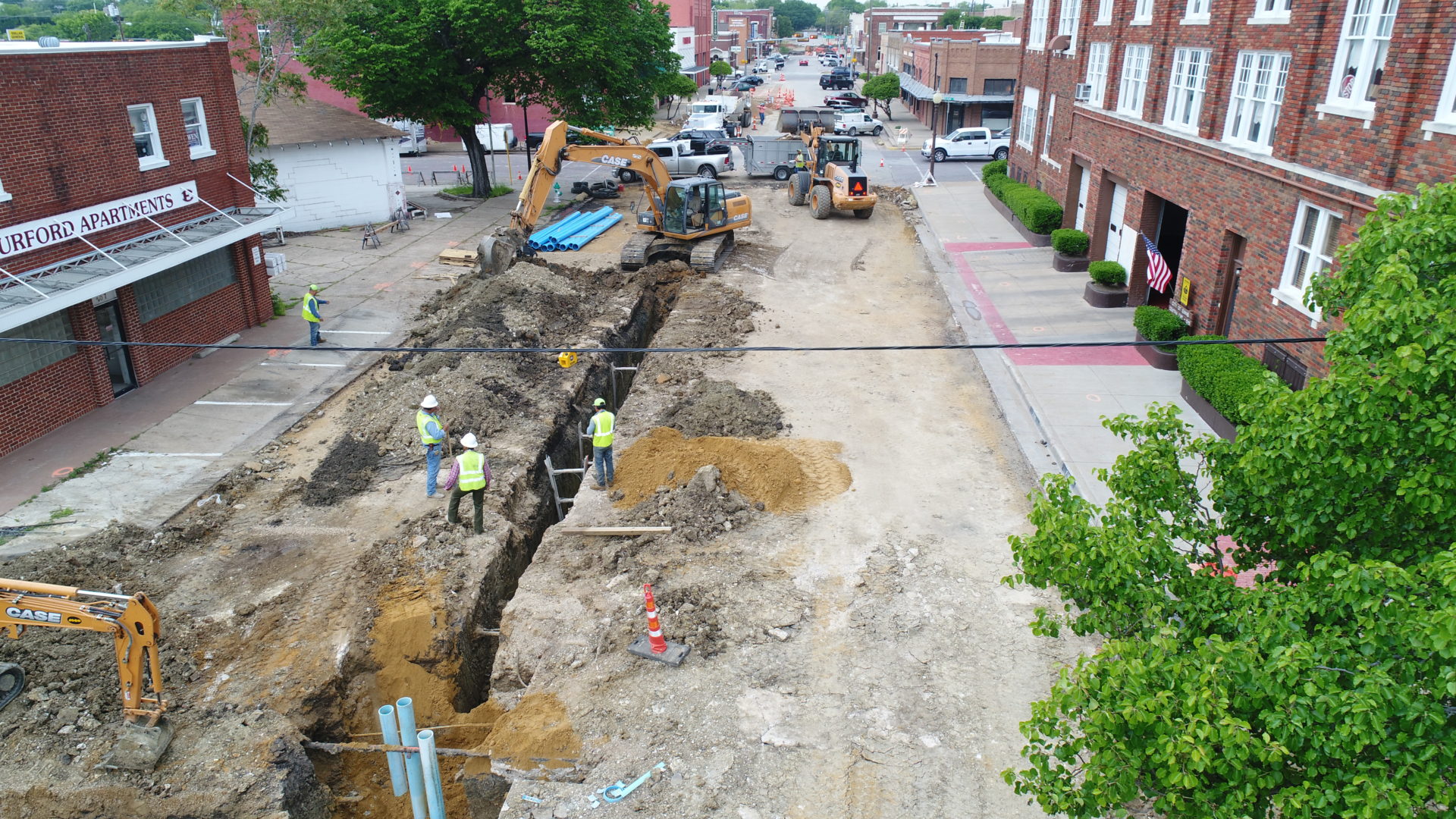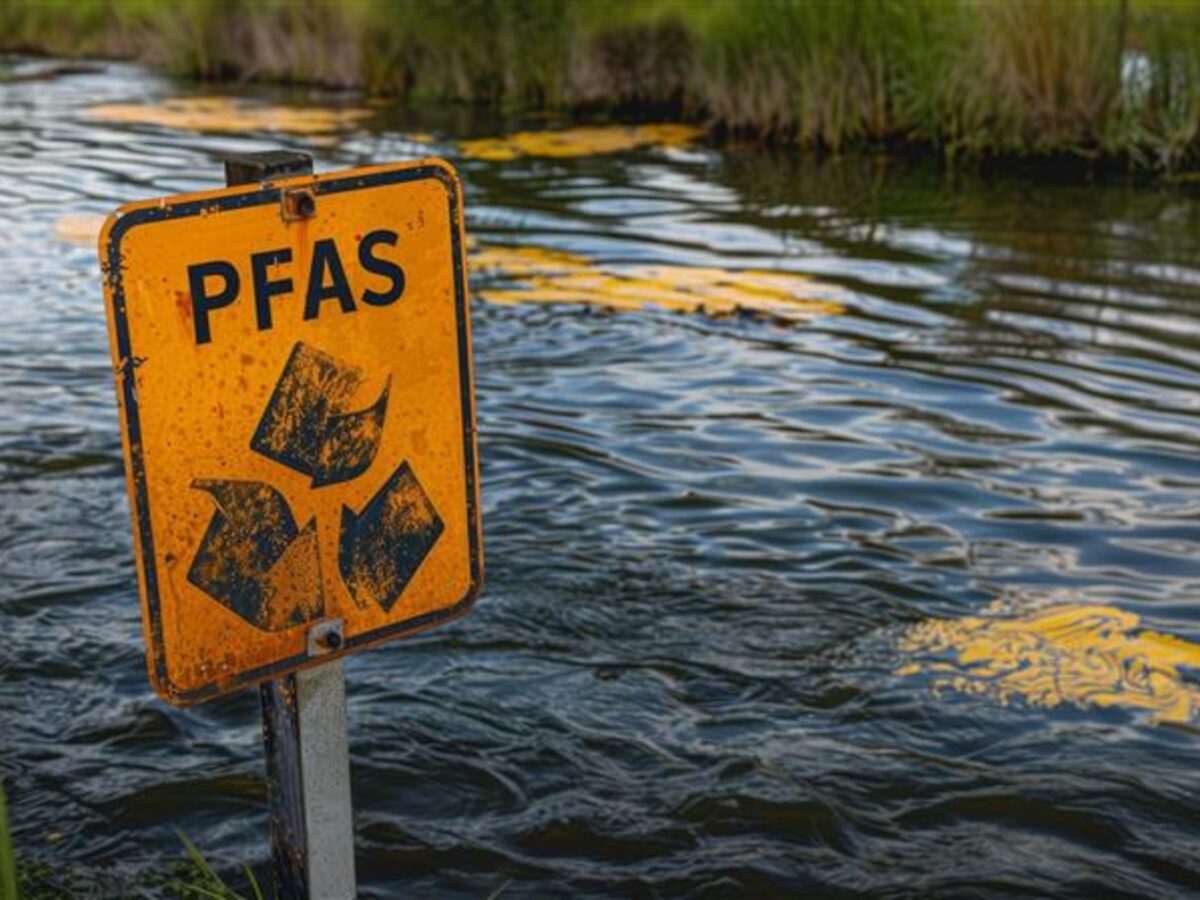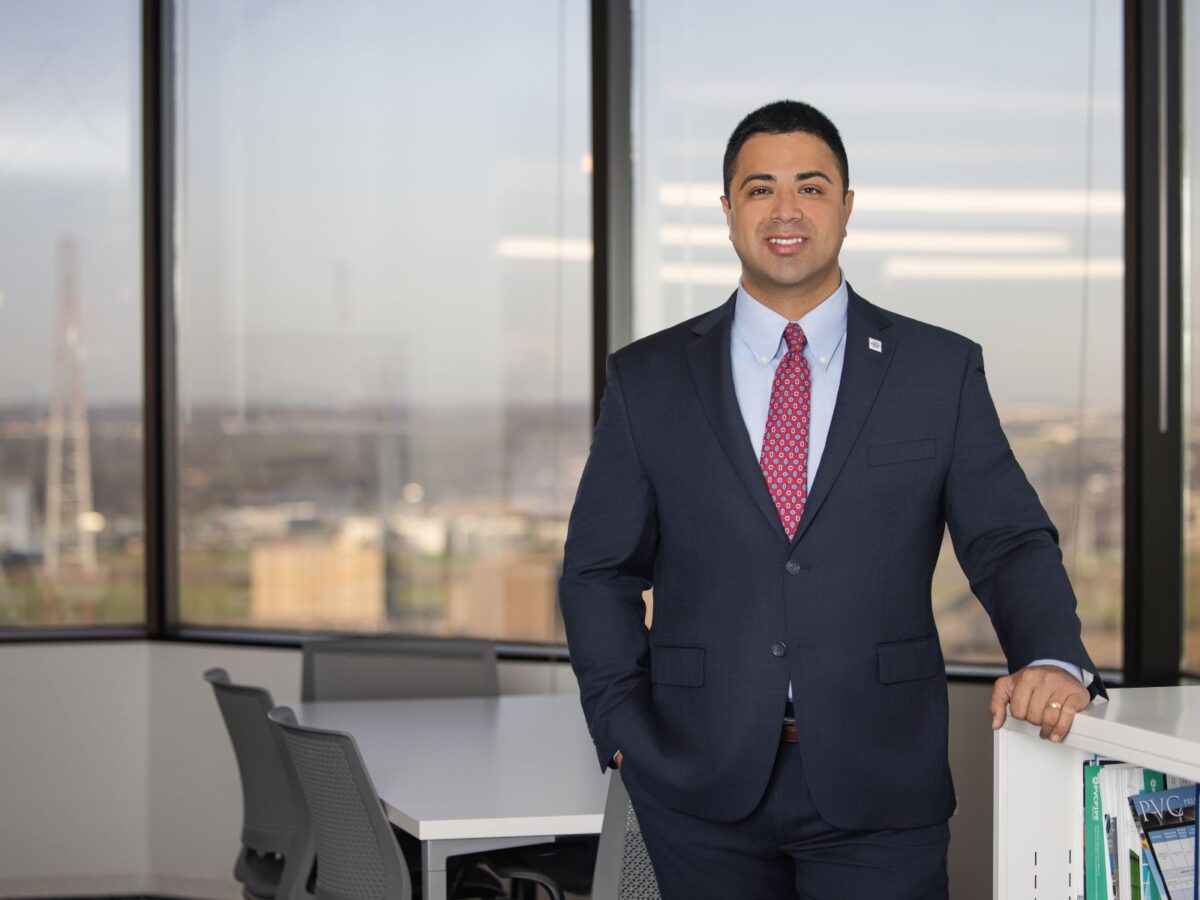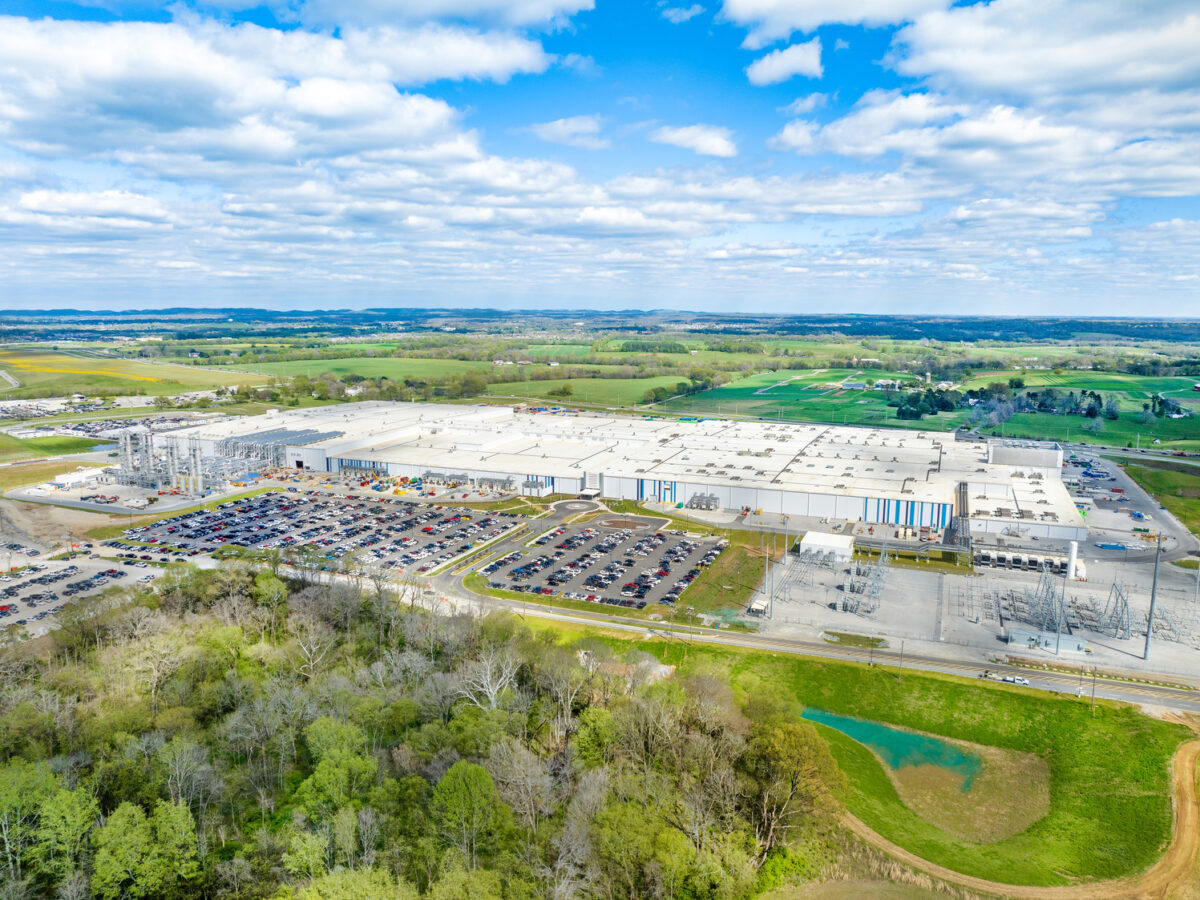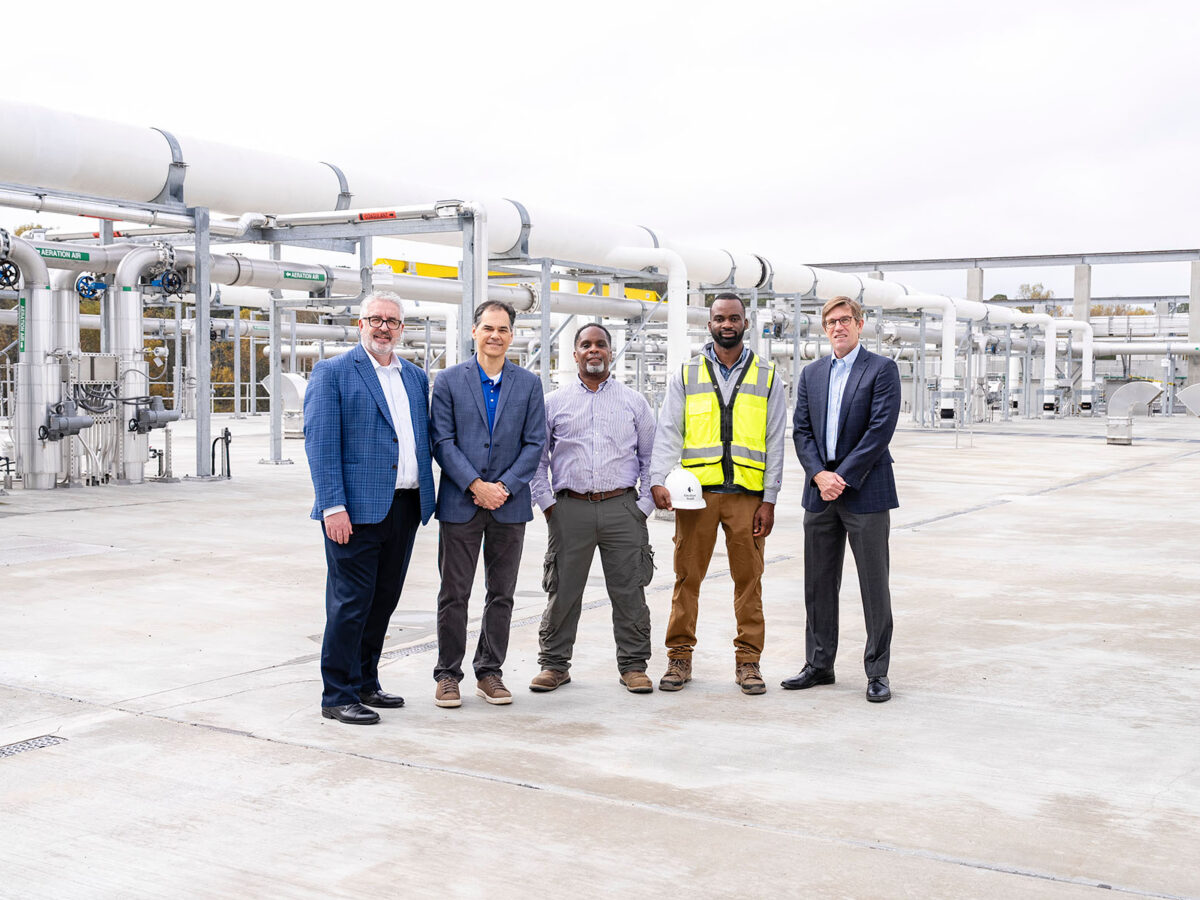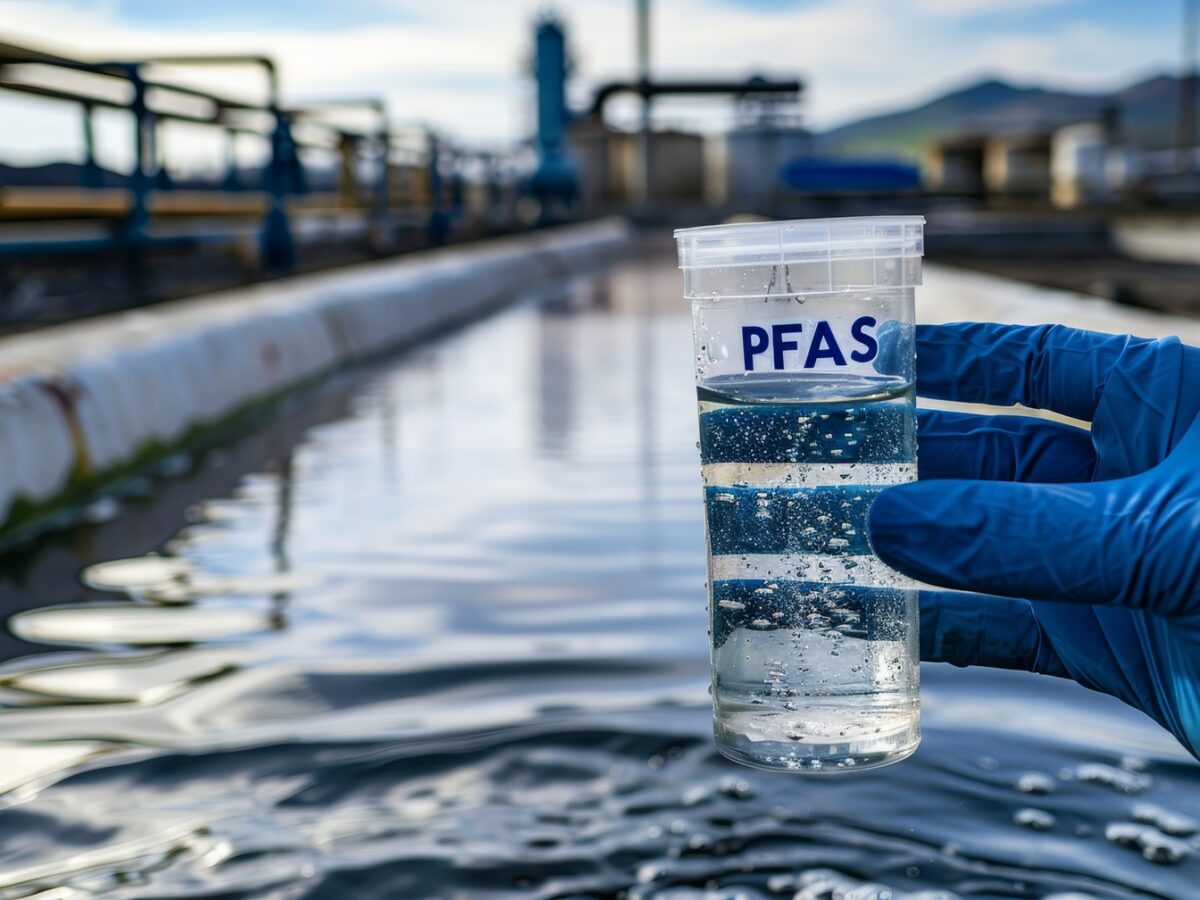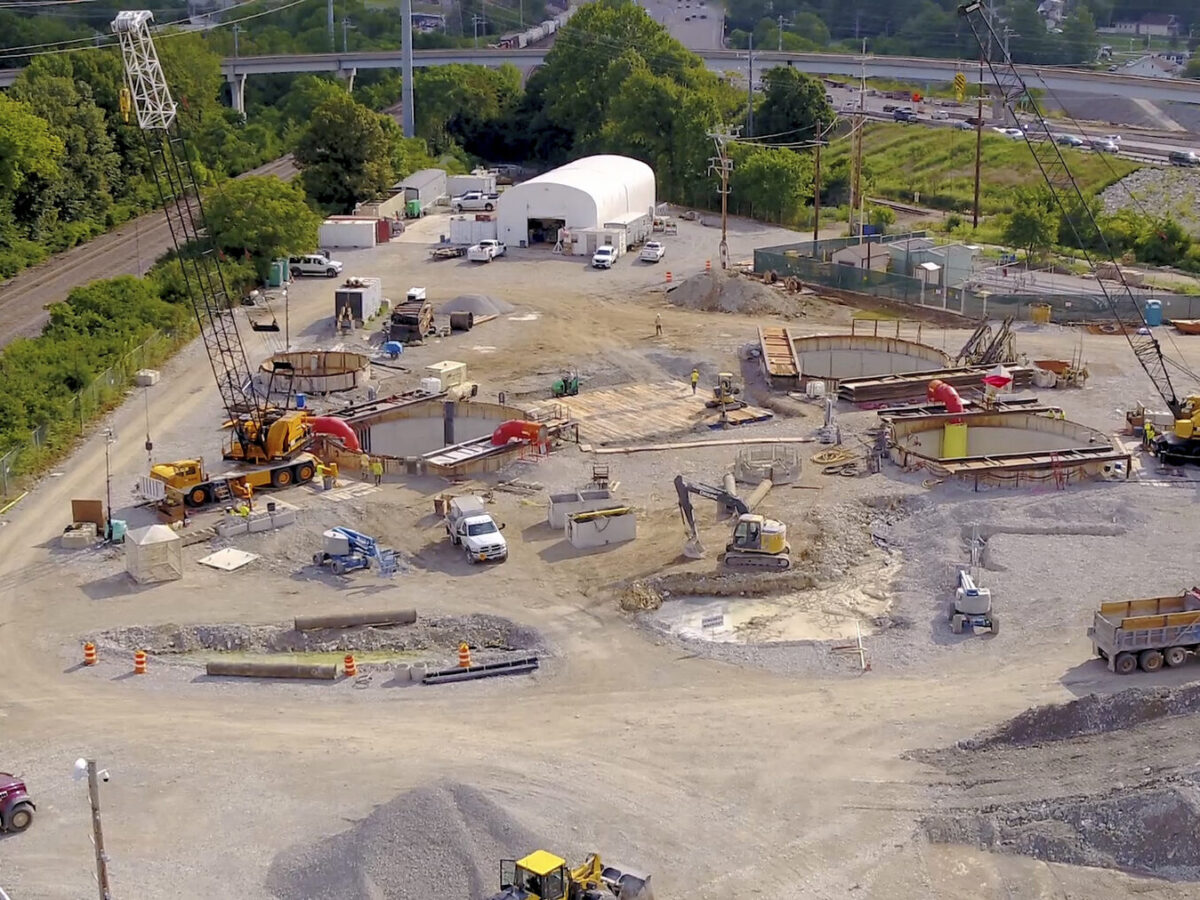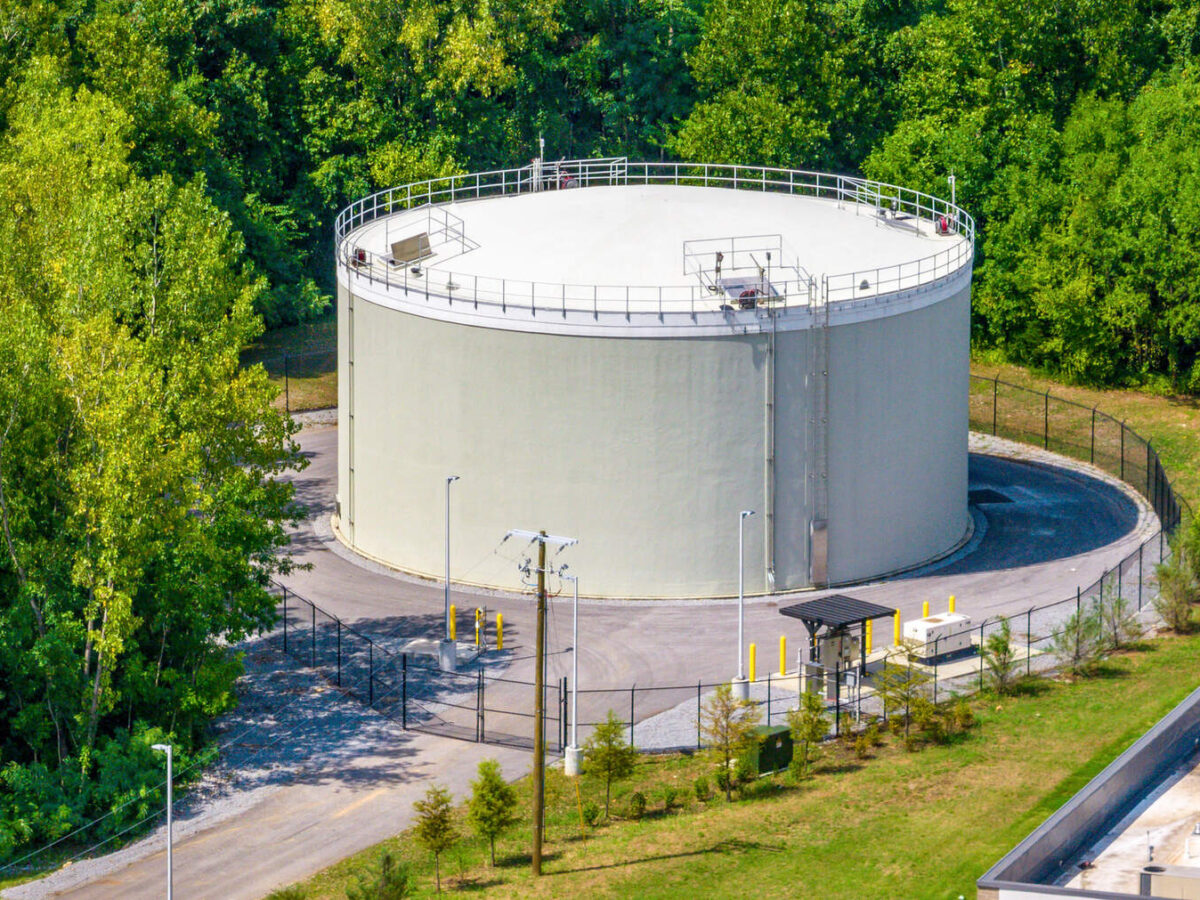We’ve known for some time now that U.S. water infrastructure is aging and, in many cases, in significant need of investment and upgrades. With most of our water treatment and management systems installed in the 1970s, we are approaching the end of our current infrastructure’s lifecycle.
The American Society of Civil Engineers recently released their 2021 Report Card for America’s Infrastructure, and the grades confirm what we already knew. U.S. infrastructure earned a C- overall, drinking water also earned a C-, wastewater came in at a D+, and stormwater at a D. While these grades aren’t good, they’re not irredeemable—there are a number of ways we can improve our water systems to be more resilient and sustainable.
Our Water + Environment market is committed to helping water municipalities complete the required extra credit, if you will, to improve our infrastructure grades in a way that is manageable. I recently chatted with our group’s technical leadership team: Senior Vice President Mark Warriner, our construction services practice leader, Senior Engineers Melanie Knecht and Rebecca Lindsay, the technical practice leaders for our stormwater and water practices, respectively, Senior Environmental Professional Lauren Seydewitz, our environmental expert, and Project Engineer Ben Luke, our wastewater technical practice area leader, to discuss how we’re helping utility managers improve resiliency and prepare for the future.
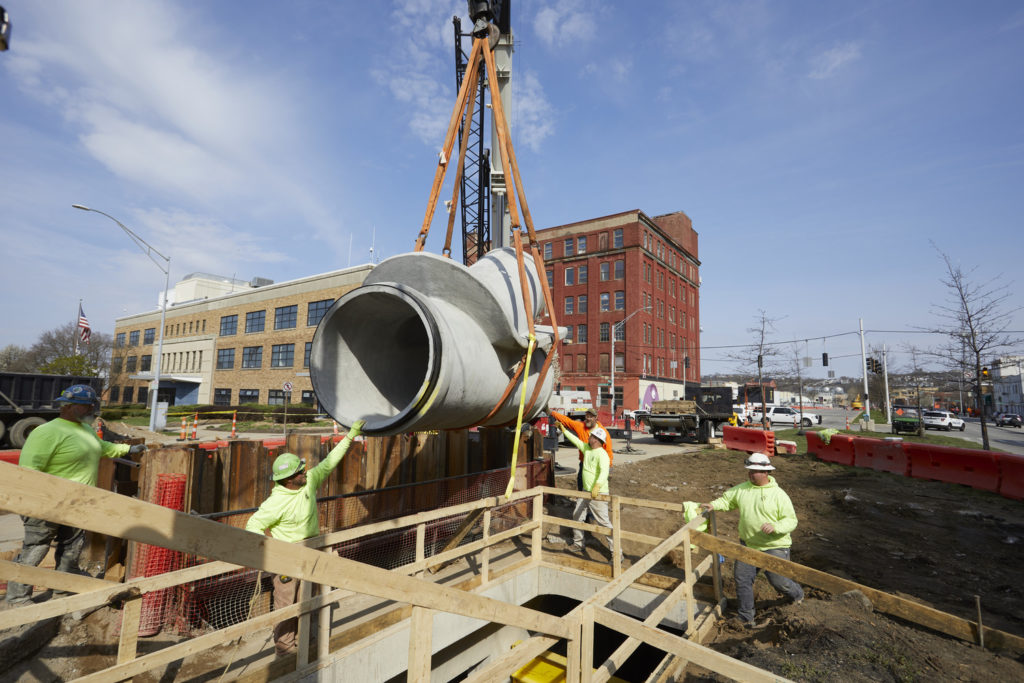
Randy Booker: Every day, we help our clients improve their water system functionality. But what are we doing to improve resiliency in our clients’ facilities?
Lauren Seydewitz: Resiliency is all about maintaining operations and if there is a disruption, recovering quickly. The key to improving resiliency is planning. We’re helping our clients by researching the factors that can impact their operations. Whether it is aging pipes, catastrophic events, a transitioning workforce, or supply chain management, we’re identifying vulnerabilities in their facilities and operations to collaboratively devise a prioritized game plan to tackle these issues.
Melanie Knecht: Lauren is absolutely correct. In stormwater, increasing resiliency is rooted in understanding the client’s long-term needs and risks, and developing a comprehensive to address them. We are regularly doing analysis for our clients on system performance and recommending infrastructure upgrades to address long-term needs. When we have data on pipe age and condition, we can factor that into decision-making for infrastructure replacement. The more information we have on the front end, the more comprehensive and optimized our solutions can be.
Ben Luke: I echo what Lauren and Melanie touched on. In wastewater, having accurate and up-to-date data allows our team to identify assets that are an urgent concern. To improve resiliency, we must replace outdated infrastructure before it fails. When it comes to asset management, it’s better to be proactive, rather than reactive.
Rebecca Lindsay: For drinking water, improving resiliency entails auditing water loss from leaks and main breaks, helping cities and counties complete more high-tech inspections, as well as researching and developing back-up systems for areas that are more water scarce.
For example, we recently helped a city in Georgia augment their water supply from a neighboring county to help their drinking water system meet current demand and accommodate future growth. Improving resiliency is all about looking ahead and anticipating changes in population and construction.
Randy: It’s clear that planning is a key component of improving resiliency. What role does technology play in improving resiliency and sustainability?
Rebecca: In the drinking water world, we primarily use two customer metering technologies—advanced metering infrastructure (AMI) and automatic meter reading (AMR), which gather data on usage, detect malfunctions, and recognize irregularities before they become a problem. AMI is a more advanced technology that provides more data, however it can be pricey, so we work with our clients to identify which technology works best for their budget.
digital twin: a process of duplicating an existing facility on a digital platform
Lauren: We’re also using supervisory control and data acquisition (SCADA) systems to monitor processes, gather real-time data, and improve automation at water treatment facilities. SCADA creates a centralized network that communicates with various functions of the plant and allows operators to retrieve data in a timely and actionable way.
We’ve also been exploring the use of digital twins, a process of duplicating an existing facility on a digital platform. This allows us to make changes and test different variables in a virtual space before they are implemented.
Ben: In our wastewater practice, we’re using real-time data sensors to monitor water quality and detect elevated contaminant levels before they are released into the environment. Our team has also used resilient piping systems in seismic zones to better prepare clients for potential system failures during earthquakes.
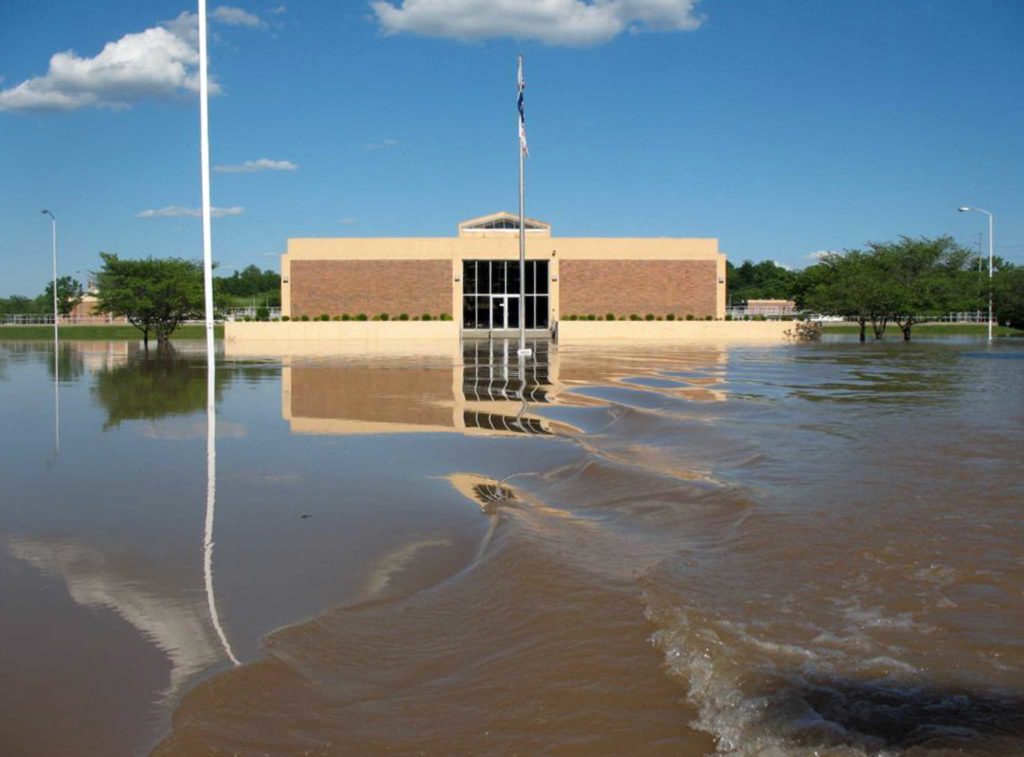
Randy: That is a great lead-in for our next question, Ben. As our population continues to grow and construction continues to increase, combined with more frequent and catastrophic natural disasters, what can utility providers do to prepare for the future?
Mark Warriner: Recent legislation requires facilities to have an asset management program in place, and the first step is to inventory your current system. Reviewing the current state of your pipes allows you to identify what you need to address to prepare for the future. We’re well aware that many water systems are quickly aging out and need to be replaced, but sometimes extending their life is as easy as cleaning out build-up in the pipes. If you have an up-to-date asset management program, then you’re better prepared to make cost saving decisions.
Ben: Mark is absolutely right. Having an up-to-date asset management program provides a wealth of data that is necessary for updating, maintaining, and improving existing infrastructure. We’ve helped several clients update their asset management systems with software that’s proactive in managing system assets and serves as a repository for the system’s data, creating an all-in-one platform for operators to monitor pipe and equipment age and condition and create work orders to repair or rehabilitate assets before they fail. This not only helps utilities plan for the future, but it also provides a valuable tool that can be used every day.
Randy: There are a variety of threats posing a risk to water systems. What changes in risks have you seen in recent years and how can utility managers adequately prepare?
Lauren: I recently did some research on the most pressing issues our utility clients face across the Southeast and Midwest. After speaking with our state office leaders working in the field, the consensus was that workforce, extreme weather, degrading assets, and emerging contaminates were now the top four obstacles utility managers face.
Workforce continues to be a hot topic of conversation among the water utility community because our current talent, most of whom have worked in water management for 20-30 years and possess a wealth of institutional knowledge, are quickly aging out and younger generations are not pursuing careers in water management as frequently as they did in the past. To combat this issue, utility providers are working to cross-train their younger employees, as well as looking at ways to incorporate technology to supplement staffing needs.
Melanie: Extreme weather is an obstacle I’ve encountered with many clients. Over the past ten years, we’ve experienced a boom in construction across our country, which has created impervious infrastructure changes to the existing flood plain. As we continue to see the impacts of development unfold, we’re helping facilities complete flood plain mapping to prepare for the change in flood plains and how that might impact their operations.
Mark: To plan for the effects of climate change, as well as the threats of line breaks due to aging assets, facilities must also create and implement emergency response plans. Many times, utility providers create emergency response plans but don’t revisit them to make updates—it’s imperative to keep these plans up to date to be properly prepared for the future.
Ben: Continuing the environmental theme, clients are also growing concerned about their wastewater treatment plant discharge limits. While the EPA’s increased restrictions on discharged nutrient and pathogen levels are beneficial for the environment and protect public health, they often present a challenge for utility providers. In order to meet these stringent requirements, clients must be prepared to invest in expanding and upgrading their facilities.
Randy: I think all the points we discussed here are valuable and timely for our stormwater, wastewater, and drinking water clients. Thank you everyone for joining me today and participating in this important conversation. I’m proud of our firm’s work in helping our clients navigate the present and prepare for the future. There is plenty of room for improvement, and I hope our firm can help make a positive impact in improving U.S. infrastructure grades on next year’s report card.
